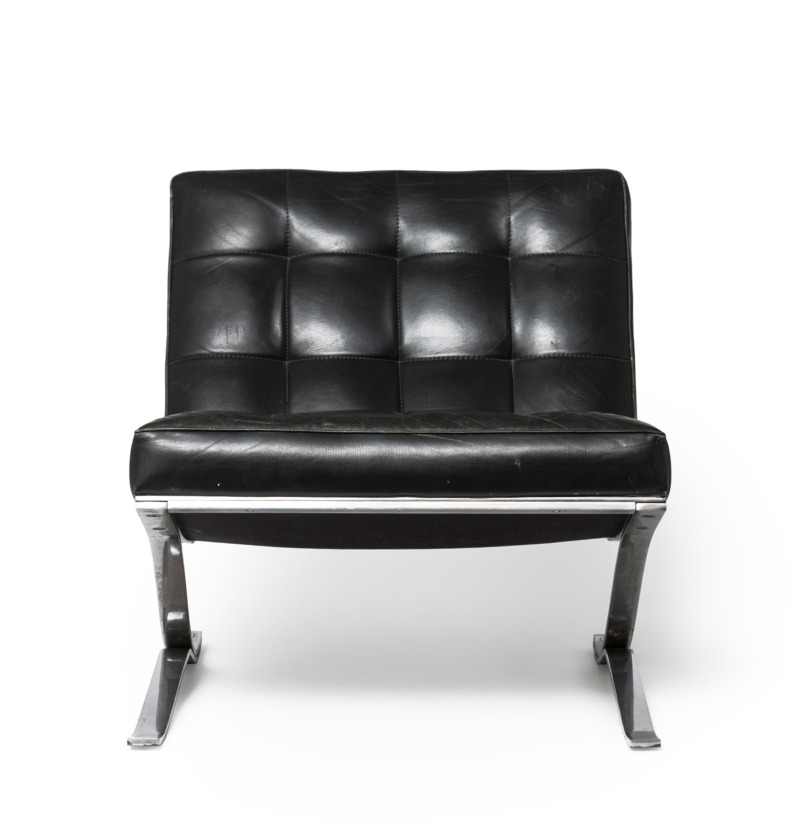The cover of the magazine “Gebrauchsgraphik” from 1925 shows an expressionistic coat of arms design of the commercial graphic designer and typographer Ernst Böhm (1890-1963).
The magazine’s name says it all: Founded in 1924, it is devoted primarily to contemporary poster and advertising art and becomes one of the most important magazines for design in the Weimar Republic. A number of avant-gardists – from the constructivist El Lissitzky to representatives of the Bauhaus – shaped the image of objective advertising graphics of the 1920s. Even today, the magazine still appears regularly with the title “novum – World of Graphic Design”.
This issue was edited by the publisher K. H. Frenzel and by Edwin Redslob, the Reichskunstwart responsible for the design of state documents and coats of arms at the time. The special issue “The official graphics of the Reich and their impact on art and handicraft” deals with the renewal of a state symbolism – from the coat of arms to the stamp – and a corporate design of the first German democracy after the revolution of 1918/19.
Edwin Redslob, who turned towards avant-garde modernism, tried to convey a modern and artistic image of the young democracy to the outside world. The stylistic historicization of the nation was far from his mind, which met with criticism from the conservative press and above all from anti-democratic-minded politicians*.
Redslob saw in the striking expression of avant-garde designs the possibility of leaving behind the imperial and Prussian authoritarian reasons of state – in the sense of a modern republic supported by the population. It was his intention to further consolidate the population’s identification with parliamentary democracy. In a contribution to Amtliche Graphik, Redslob aptly described his work in the subtitle as “unconscious art education”.
This and many other drafts for state design in the Weimar Republic can be seen until 20 October 2020 in the special exhibition “Democracy and Its Eagles”.


